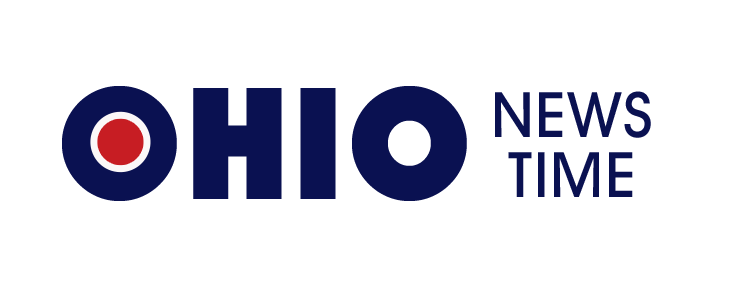Pros and Cons of HELOCs
You’ve built up a bit of equity in your home, and now you’re thinking of borrowing against it to pay off your high-interest debt. As with so many other things in life, taking out a HELOC offers great advantages but does carry some risk. With that in mind, here are the pros and cons of a home equity line of credit (HELOC).
What Exactly is a HELOC?
It’s basically a line of credit against which you can borrow whenever you want. You can expect variable interest rates, so for a period, the amount of your monthly payment will vary according to your current interest rate and the amount you borrow.
The maximum amount you’re able to borrow hinges on the amount of equity you have, and you’ll only pay interest on what you borrow.
What are the Drawbacks of a HELOC?
Let’s start there, then get to the significant benefits.
HELOC is a Secured Loan
This means that your home is attached as collateral. What that means is that if you can’t make your payments, even with the low interest rate, your home will likely go into foreclosure.
Rate Can Go Up and Down
As we mentioned, home equity lines of credit carry variable interest rates. Because of that, your rate can increase or decrease depending on moves made by the Federal Reserve (which have resulted in ever-increasing rates, by the way). Consequently, when your payment period comes, you could be dealing with high rates.
Requires Discipline
During what’s called the draw period, a home equity line of credit permits you to pay exclusively on the interest. This is really a plus – unless you can’t resist overspending, that is. In that case, your payments will go up markedly.
Eating Away Equity
A drop in housing prices could mean that the amount you owe will exceed what the home is worth. After all, you are borrowing against hard-earned equity.
What are the Advantages of a HELOC?
HELOCs can provide you with ready, affordable cash.
A Potentially Big Line of Credit
A chief benefit is that with a home equity line of credit, you’re usually allowed to borrow as much as 85 percent of your home’s value, less mortgage payments due. If you’re looking for a lender, check out an Achieve home equity loan.
Tax-Deductible Interest
If the money goes toward home improvements, the interest you pay can be deducted, according to the IRS.
You Can Use Funds as You Need Them
You needn’t take out a large lump sum, as home equity and personal loans require. With an HELOC, you can borrow only what you need, when you need it. If you ultimately require less money than you figured you might, your payment will be smaller.
Payoff Flexibility
Another good thing about HELOCs is that you have flexibility in terms of repayment. While the manner of payoff depends on the lender and the amount you wish to borrow, HELOCs can endure for up to 30 years. Usually, you’re only required to pay on the interest during the draw period – the loan’s first 10 years. However, you retain the flexibility, as you enter the repayment period, to also make principal payments, which will lower your balance.
These days, fixed-rate options are also increasingly offered, allowing you to lock in part of your HELOC balance for a period at a fixed rate.
Could Help Your Credit
Credit reporting agencies put a premium on payment histories and credit diversification. You can boost your credit portfolio with a home equity line of credit, particularly if your payments are consistently on time. Why? It demonstrates good money management.
You Can Use the Funds as You Wish
No, you are not required to use your cash for home improvement, although the HELOC is tied to your home. You can use the funds to pay off your debts, for example.
Allow these HELOC pros and cons to inform your ultimate decision regarding taking out a home equity line of credit. In our view, the pluses outweigh any drawbacks, but you’ll make your own decision based on your circumstances.



